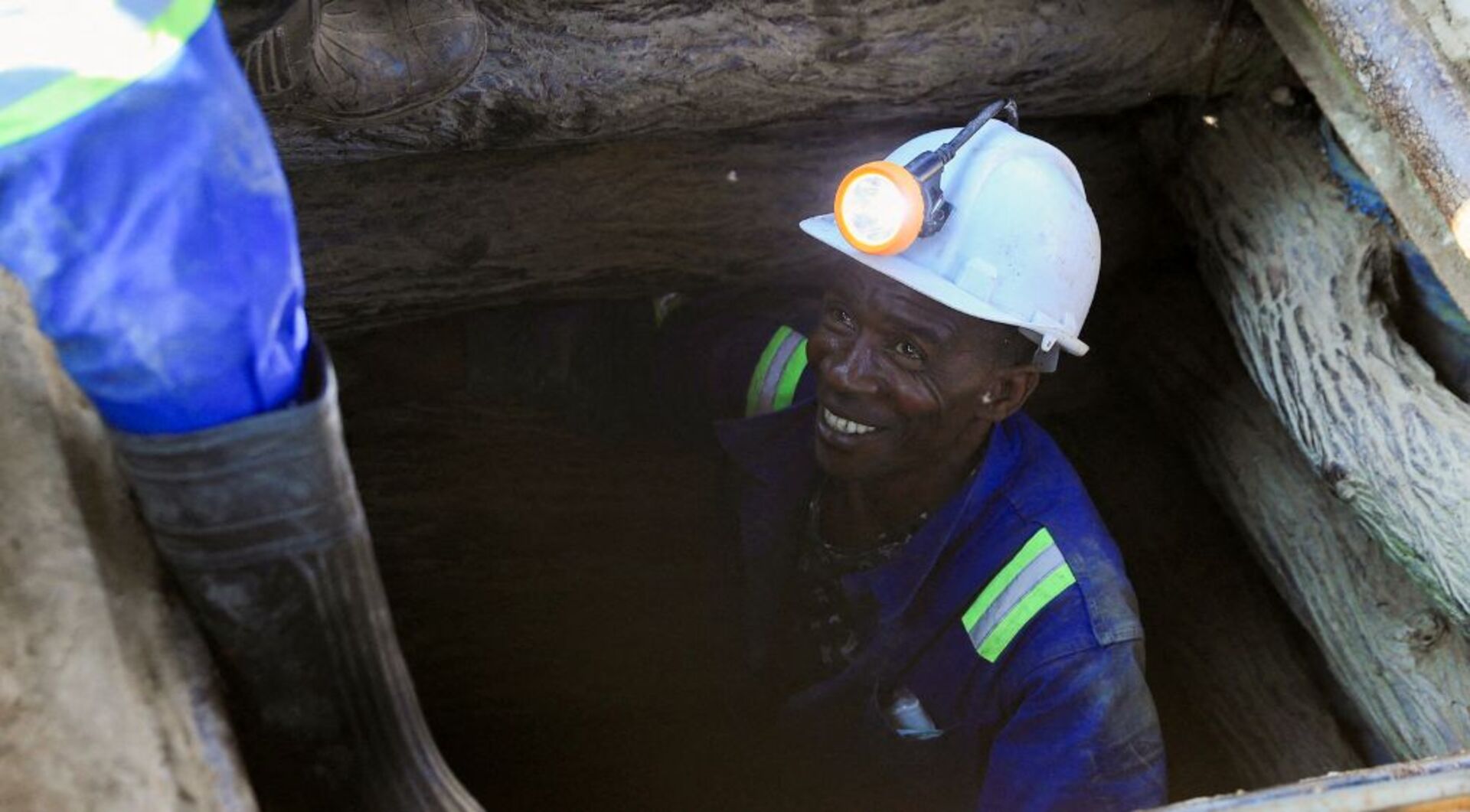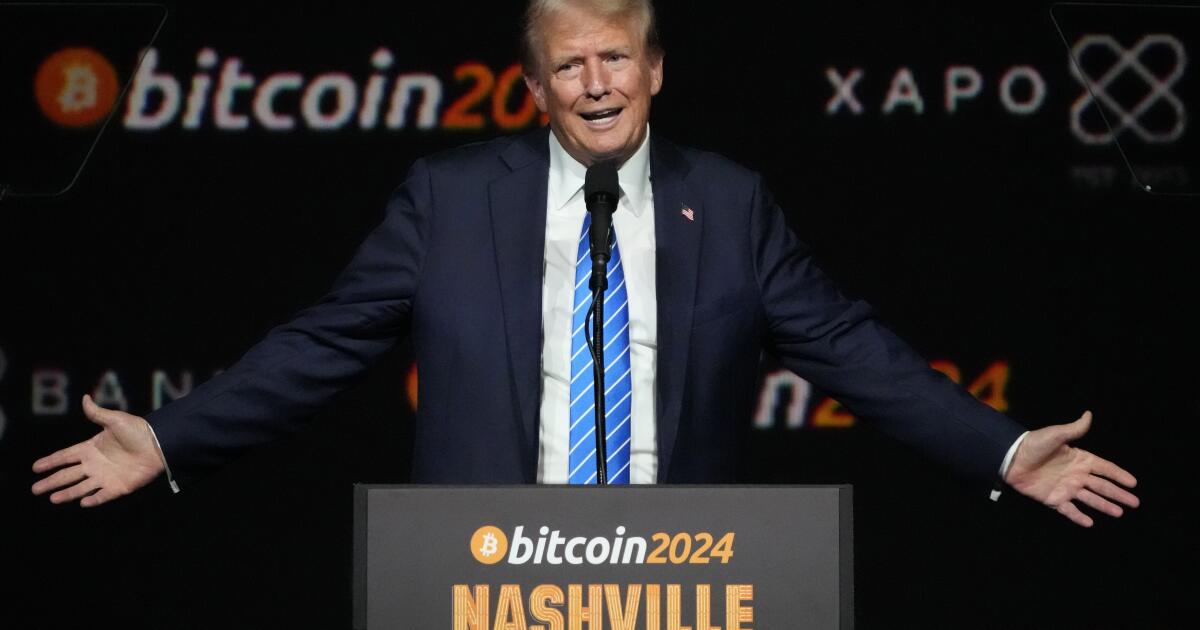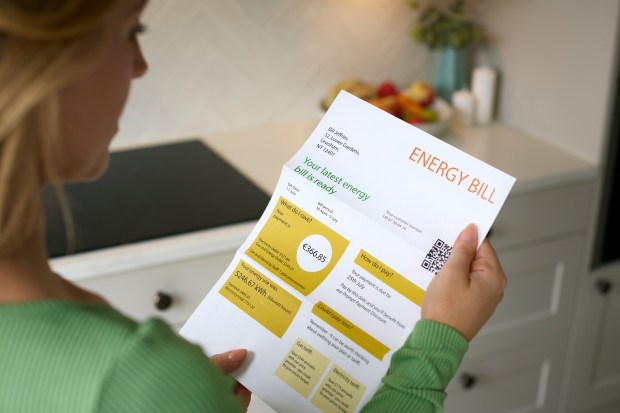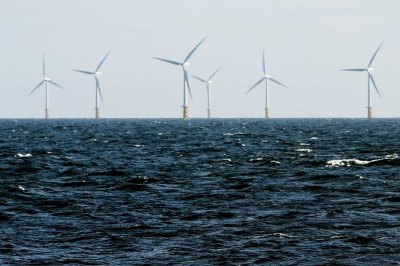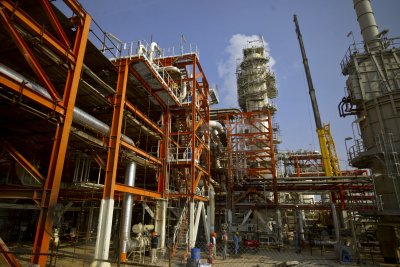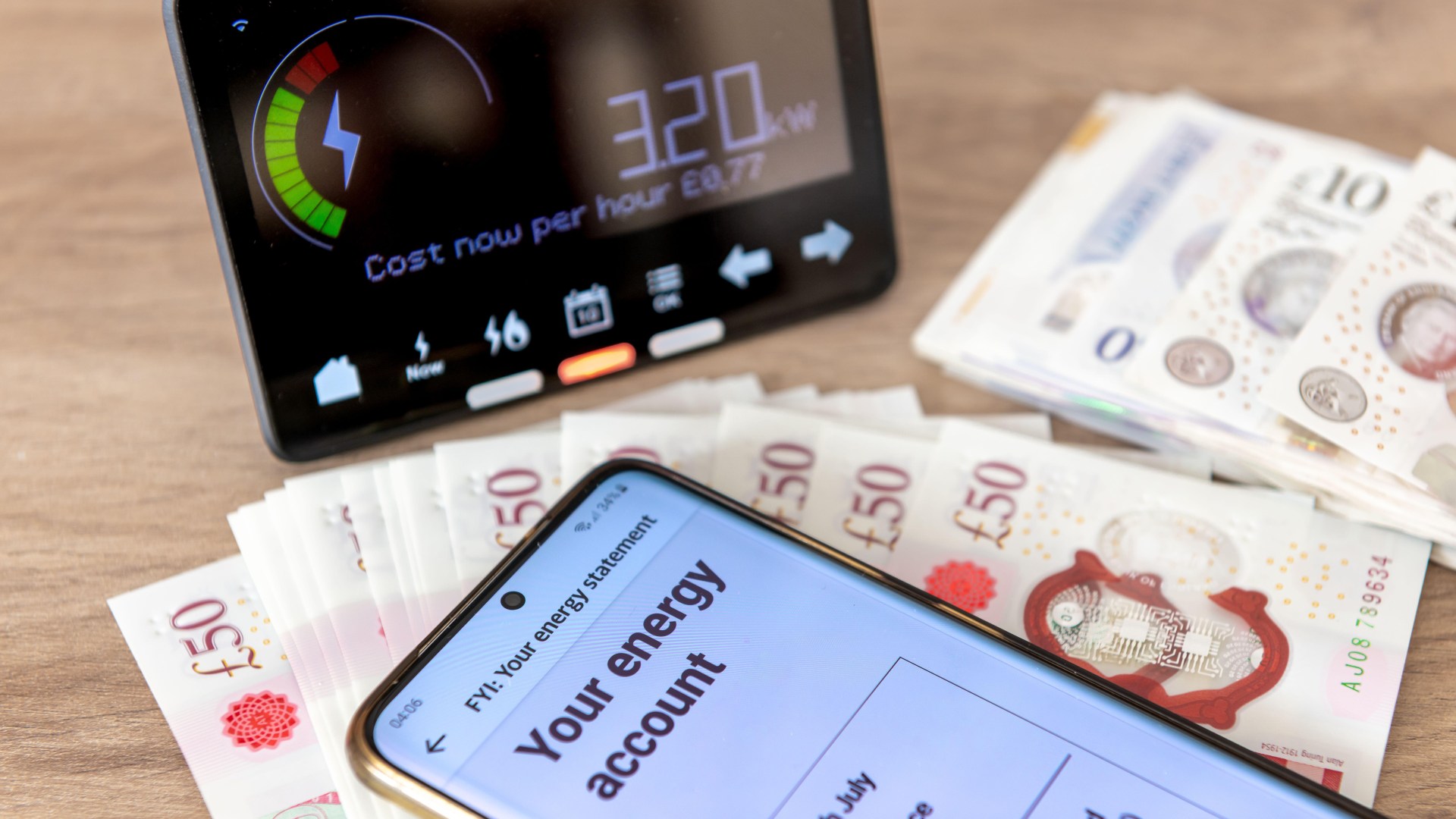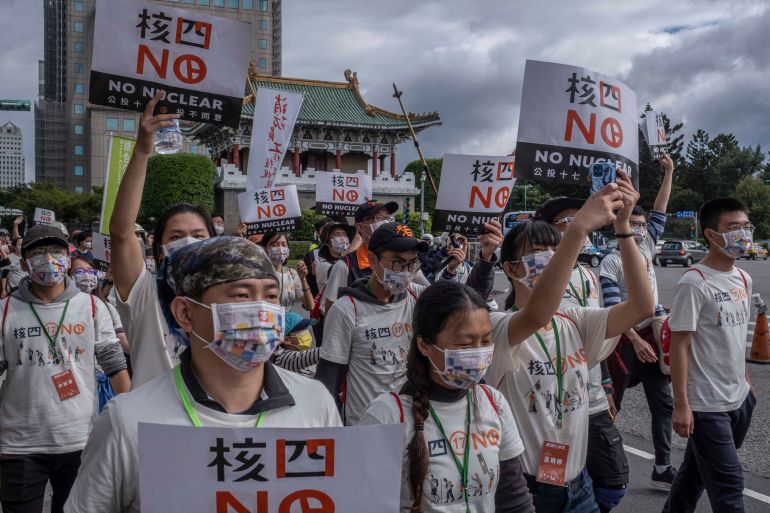MIT researchers say the devices could pack three times as much energy per pound as today’s best EV batteries – offering a lightweight option for powering planes, lorries or ships
A groundbreaking fuel cell could be the key to unlocking electric planes, according to a new study.
The researchers suggest that these devices could hold three times as much energy per kg compared to today’s top-performing EV batteries, providing a lightweight solution for powering not just planes, but lorries and ships too.
Batteries are fast approaching their capacity in terms of how much power they can store relative to their weight. This poses a significant challenge for energy innovation, particularly in the quest for new ways to power aeroplanes, trains, and ships.
Fuel use is a huge problem in aviation. Airlines spend around a quarter of their operating budgets on jet fuel, meaning it has a significant impact on the cost of a ticket. What’s more, flying is one of if not the most polluting way to travel.
Passenger taking an economy-class flight from London to New York generates around 309kg of carbon dioxide, which would take roughly a year to absorb via 10 mature trees.
READ MORE: Butlin’s Big Weekender unveils headliners for seven new dates of ‘mayhem’
However, a team of researchers at the Massachusetts Institute of Technology (MIT) may have found a solution that could help electrify our transportation systems. Their concept doesn’t involve a battery, but rather a type of fuel cell – similar to a battery but can be quickly refuelled instead of recharged.
In this innovative system, the fuel is liquid sodium metal, a cheap and readily available resource. On the other side of the cell is ordinary air, which provides oxygen atoms. Sandwiched between them is a layer of solid ceramic material acting as the electrolyte, allowing sodium ions to pass freely through. A porous electrode facing the air aids the sodium in chemically reacting with oxygen to generate electricity.
Through a series of experiments with a prototype device, the research team demonstrated that the cell could carry over three times as much energy per unit of weight as the lithium-ion batteries currently used in almost all electric vehicles.
Professor Yet-Ming Chiang said: “We expect people to think that this is a totally crazy idea. If they didn’t, I’d be a bit disappointed because if people don’t think something is totally crazy at first, it probably isn’t going to be that revolutionary.”
He believes the tech has genuine potential to shake up the industry, especially in the field of aviation where keeping weight down is paramount. The team of researchers are convinced that their advancements in energy density could well be the game-changer needed to pivot towards substantial electrically powered flights.
Prof Chiang noted with enthusiasm: “The threshold that you really need for realistic electric aviation is about 1,000 watt-hours per kilogram. Today’s electric vehicle lithium-ion batteries top out at about 300 watt-hours per kilogram – nowhere near what’s needed.”
He admits that even a battery achieving 1,000 watt-hours per kilo wouldn’t make transcontinental or trans-Atlantic flights feasible yet.
That achievement is still out of bounds for any current battery chemistry; however, Prof Chiang insists reaching 1,000 watts per kilo would start to enable regional electric aviation, cutting about 80% of domestic flights’ emissions and 30% of aviation emissions overall.
The study released in the Journal Joule suggests that such a technological breakthrough could also revolutionise other industries like marine and rail transport.
The team imagines that this technology could be used in aircraft by inserting fuel packs filled with cell stacks, akin to sliding racks of food trays into a cafeteria slot, into the fuel cells. As the sodium metal within these packs is chemically altered to generate power, a by-product is produced.
READ MORE: Beautiful UK seaside town so popular the locals stay away at weekendsREAD MORE: EasyJet passengers warned of ‘perfect storm’ of chaos to major holiday hotspots
In the case of aircraft, this by-product would be expelled out the back, similar to jet engine exhaust, but without any carbon dioxide emissions. Instead, the emissions, primarily sodium oxide, would actually capture carbon dioxide from the atmosphere.
The researchers explain that this compound would rapidly react with atmospheric moisture to form sodium hydroxide, a substance often found in drain cleaners, which then readily reacts with carbon dioxide to create a solid called sodium carbonate, eventually turning into sodium bicarbonate, also known as baking soda.
Prof Chiang concluded: “There’s this natural cascade of reactions that happens when you start with sodium metal. It’s all spontaneous. We don’t have to do anything to make it happen, we just have to fly the aeroplane.”
He noted that the sodium bicarbonate by-product could be a boon for our oceans, potentially neutralising their acidity—a side effect of greenhouse gas emissions.
Prof Chiang highlighted the safety advantages of the new fuel cell, describing it as “inherently safer” than many conventional batteries.
He pointed out the need for caution with sodium metal due to its high reactivity and the necessity of keeping it secure. Like lithium batteries, sodium poses a risk of spontaneous combustion when in contact with moisture.
Prof Chiang remarked: “Whenever you have a very high energy density battery, safety is always a concern, because if there’s a rupture of the membrane that separates the two reactants, you can have a runaway reaction. But in this fuel cell, one side is just air, which is dilute and limited.
“So you don’t have two concentrated reactants right next to each other. If you’re pushing for really, really high energy density, you’d rather have a fuel cell than a battery for safety reasons.”
Although currently only a small-scale prototype exists, Prof Chiang believes scaling up the system for commercial use should be “quite straightforward”.
A team of researchers has already established Propel Aero, a company aimed at advancing this technology. Their envisioned system would operate using a refillable cartridge filled with liquid sodium metal, securely sealed for use.
When it’s exhausted, it would be taken back to a refilling station and replenished with fresh sodium.




